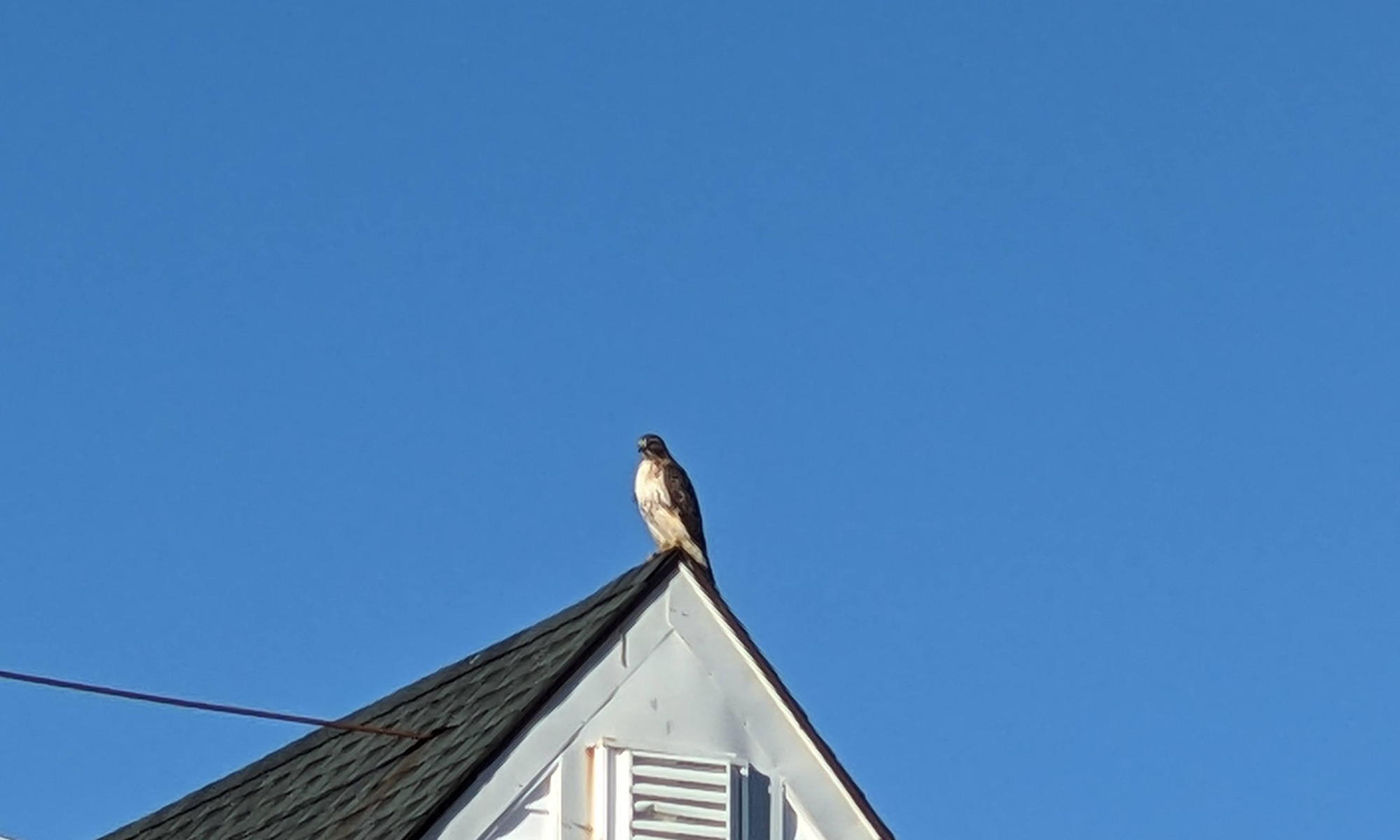Start January 29
Due February 8
Time on Task: In & Out of Class (5 Hours)
Course Points: 5000
A soundscape captures some particularities of an environment in sound. Ideally, a soundscape immerses the listener in a place. Some soundscapes are entirely or almost entirely a recording of a specific spot: For example, a Grand Central Station soundscape by Audio Ninja.
As we’re engaged in making Podcasts, or audio stories that add to the sonic environments we choose to spotlight, we’ll do a couple different kinds of soundscapes. Our first one is an “Audio Postcard, ” a sonic riff on the photo postcard that links a straightforward soundscape to narration that adds context or brings the listener into your experience in the environment.
Listen to the 2:01 example from NPR’s Brian Mann below. As you listen, pay attention to the sounds of the environment, to his narration (both in the environment and in the studio), and to both the intro and outro. Notice the sparse but intentional use of music. Imagine how many tracks the audio project might have.
The Task (in a nutshell)
We’re in Biddeford, Maine, at UNE. Make an audio postcard that captures some aspect of being in this environment. Think about an element of the place that is special to you, important for you, or just worth “writing home about.” Use the voice memo recording app on your cell phone or a Zoom recorder to capture that soundscape, script your narration, the intro and outro. If appropriate for your project, select music from Free Music Archive. Make bring it all together in a rough cut you’re ready to share with the class.
The Task (unpacked)
- Using your phone or a Zoom recorder, Record a 4-5 minute Soundscape from the place you’ve chosen for your Audio Postcard (Homework)
- Download the “Basic-5-tracks-template.band” in Podcast Resource Files & Open (Shared Google Folder) (Homework)
- Draft your Narration Script for the Podcast – See Rubric below (Homework)
- Draft an Intro and Outro Script for your Podcast – See Rubric below (Homework)
- Practice your Intro, Outro, and Narration!! (Homework)
- Record your Narration, Intro, and Outro (Listen to it with headphones before calling it “good” or “good enough”) (Homework)
- Import the four sound file into the relevant tracks in GarageBand (Homework)
- If desired, select appropriate music or sounds for the Podcast using Free Music Archive; drop file(s) into GarageBand Project as separate Track(s) (Homework)
- Rough Mix your audio (consistent levels, fade in/out of tracks, and use sounds for the effect you want), making sure to adjust levels (Homework/In Class)
- Save the project “Yourlastname-Soundscape1” (Homework/In Class)
- Export the Rough Mix as “Yourlastname-Soundscape1-roughmix” (MP3 or WAV) (Homework/In Class)
- Upload Script, GarageBand Project, and Rough Mix export to your Shared Google Folder (first 5 minutes of class)
- IN-CLASS, we will listen to and workshop the Rough Mixes before taking up a final edit.
- IN-CLASS Upload final Soundscape 1 Project and the Final Mix to your Shared Google Folder
Rubric & Points (Specifications)
The Scoring Sheet for Soundscape 1 (Audio Postcard) Podcast
- Podcast fits time constraints (2:15-3:35 minutes) – 500 Points
- 5 Files are Uploaded to Google Drive folder (Band project file; MP3/WAV Rough Mix Podcast; Script with Delivery Notes (photo, probably; Final Mix Band project file; MP3/WAV Final Mix) – 500 Points
- GarageBand Project makes use of 3 or more tracks (Narration; Intro/Outro; Soundscape) – 500 Points
- Soundscape Captures Authentic Environment that is Focus of Postcard – 750
- Narration Content Meets Specifications (Audio Tells a Story about the Soundscape); Optional music is Creative Commons-licensed and edited with care and attention – 1250 Points
- Intro Meets Specifications (5-15 Seconds; Welcomes Listeners, IDs Host, IDs Context, Purpose, and/or Content) – 500 Points
- Outro Meets Specifications (5-15 Seconds; Credits Sources, including optional Music; Thanks Listeners) – 500 Points
- Editing Meets Basic Specifications (Levels are Consistent; Fades between Tracks/Clips;; Pops/Hisses/Sonic Junk Edited Out at Clip Ends; ) – 500 Points
